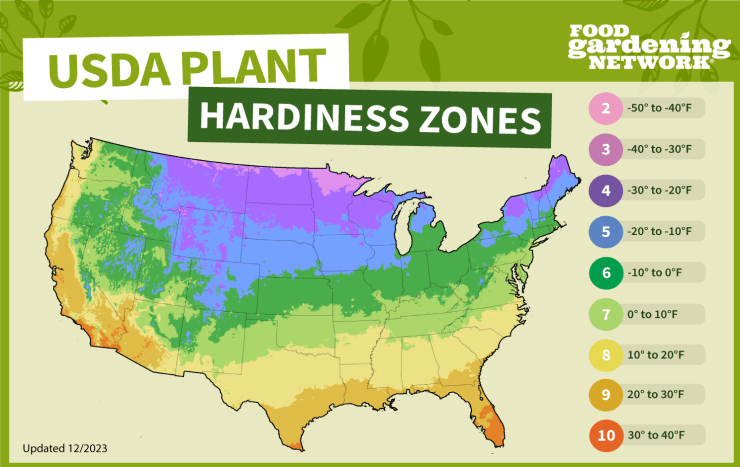Watermelons are warm-season plants that thrive in regions with long, hot summers. The recommended growing zones for watermelons in the United States are typically USDA hardiness zones 3 to 9, although specific varieties may have slightly different requirements. Here are examples of some U.S. states within these growing zones:
Zone 3: This zone is not ideal for watermelon cultivation due to its short growing season and colder temperatures. Some states in this zone are:
- Parts of Montana
- Parts of North Dakota
- Parts of Minnesota
Zone 4: While watermelons can be grown in zone 4, it’s important to choose varieties with shorter maturity dates. Some states in this zone are:
- Parts of Iowa
- Parts of Wisconsin
- Parts of Michigan
Zone 5: Watermelons can be successfully grown in zone 5. Some states in this zone are:
Illinois
Indiana
Ohio
Zone 6: Zone 6 provides suitable conditions for watermelon cultivation. Some states in this zone are:
- Missouri
- Kentucky
- Pennsylvania
Zone 7: Zone 7 is well-suited for watermelon production. Some states in this zone are:
- Virginia
- North Carolina
- Tennessee
Zone 8: Watermelons thrive in zone 8, which offers a long, hot growing season. Some states in this zone are:
- Texas
- Louisiana
- Florida
Zone 9: This zone provides excellent conditions for watermelon cultivation. Some states in this zone are:
- Arizona
- California
- Parts of Nevada
Growing watermelons indoors can be challenging due to their vine-like growth habit and the space requirements. Watermelons typically require ample sunlight, warmth, and space to spread out. While it’s possible to grow smaller or dwarf watermelon varieties indoors with specialized equipment like grow lights and controlled environments, it’s generally more common to grow them outdoors in suitable climates.
Check out the USDA Plant Hardiness Zone Map and find out what zone your zip code is located in here. Or you can use our map to get a general idea of what your plant hardiness zone is.



 Previous
Previous

